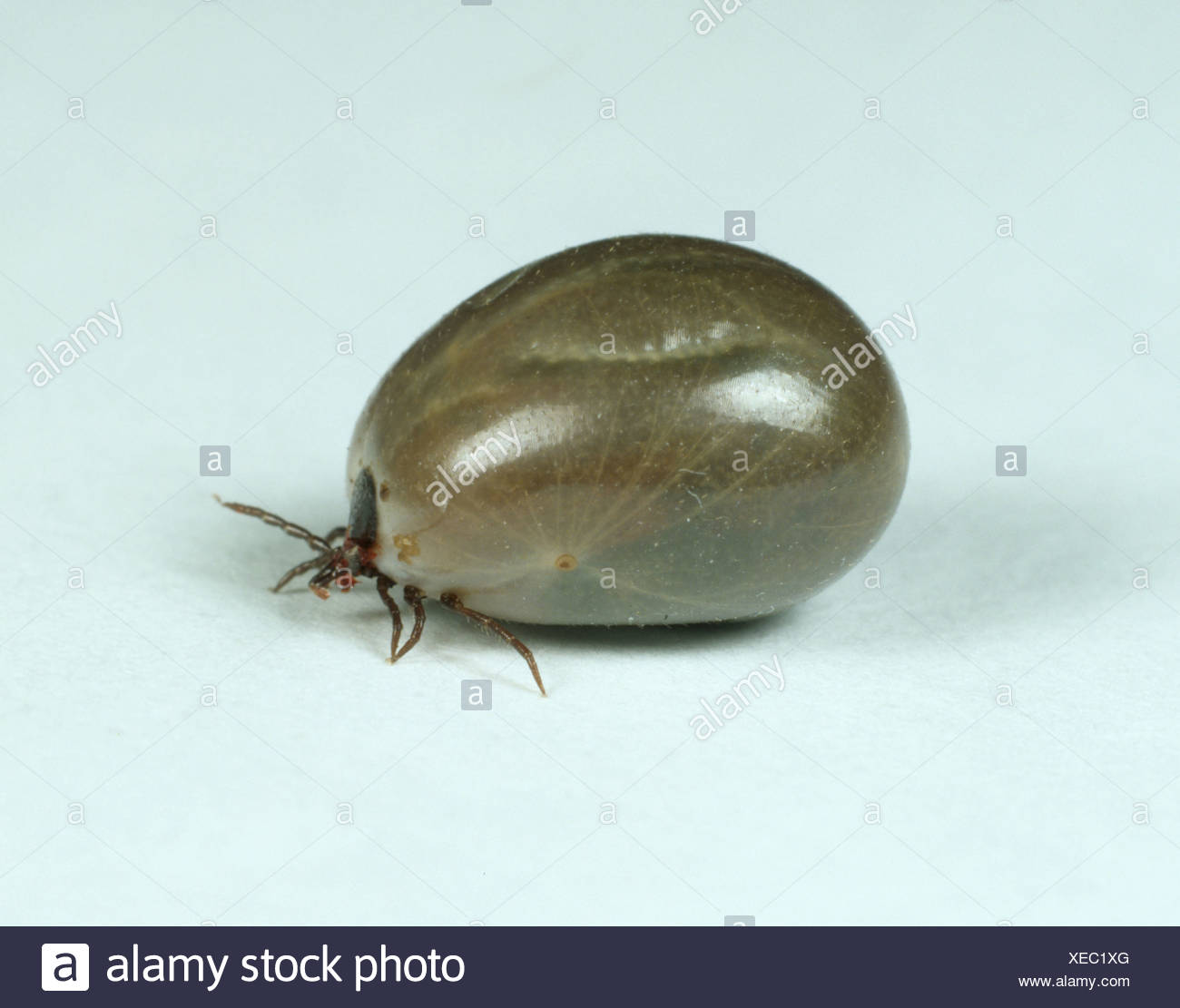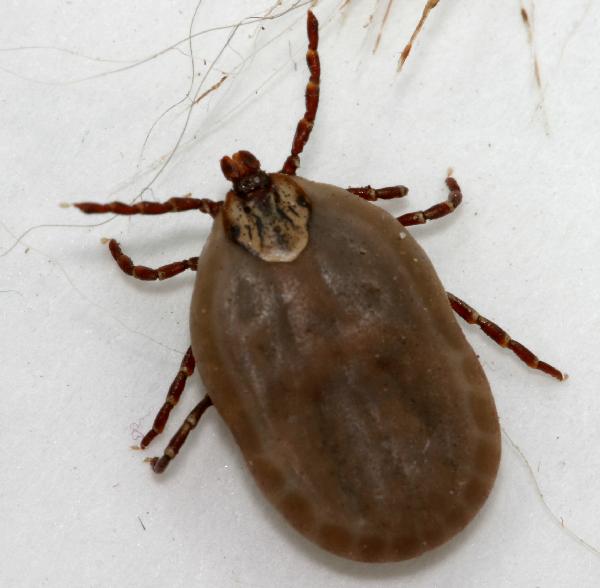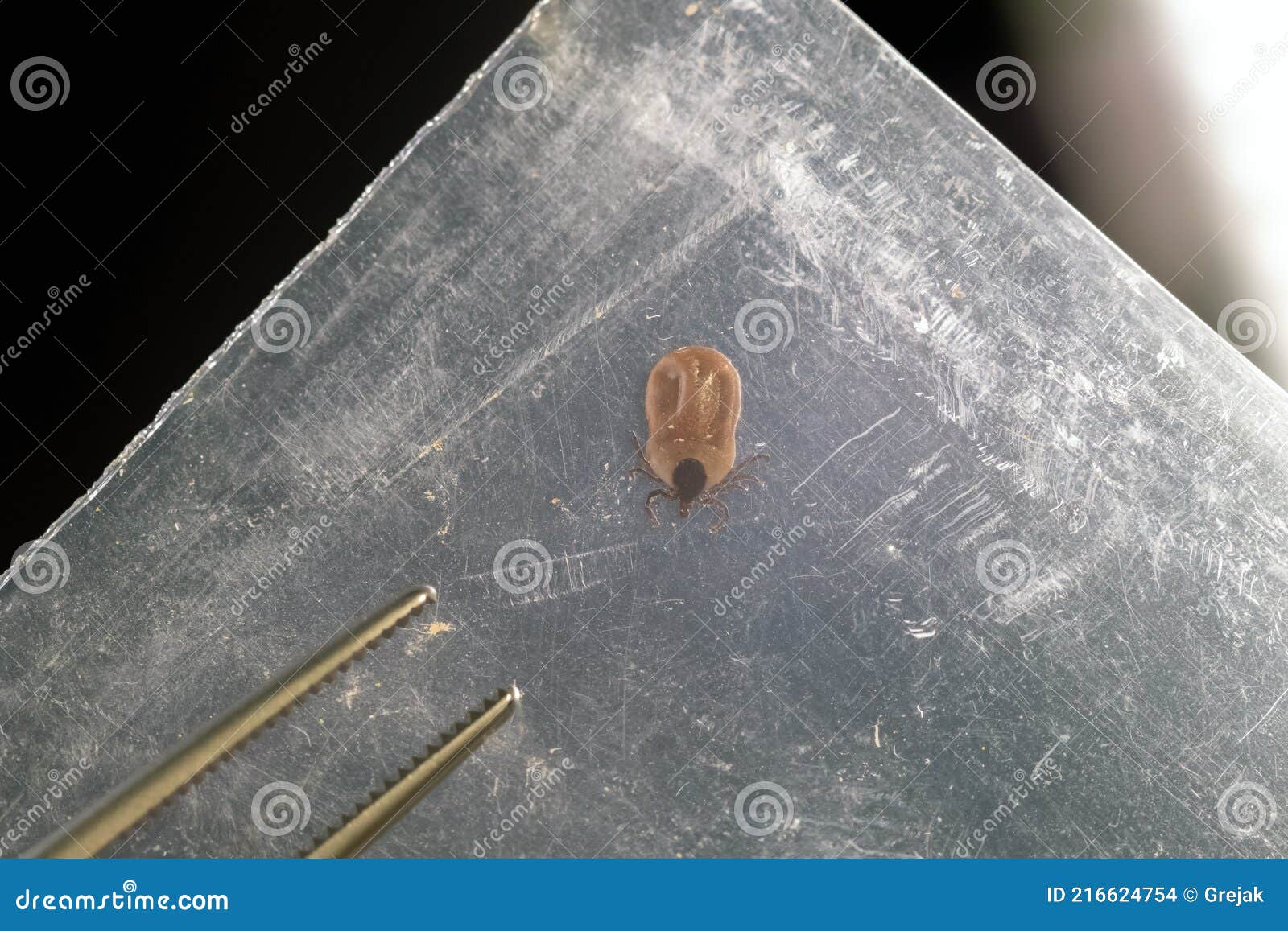

Infections of this nature are rare in WA. Ticks can transmit Rickettsiae, a diverse group of rod-shaped, gram negative bacteria that can cause rickettsial disease. It represents a unique case, being the first record of human infestation by the species and the only diagnosis of mammalian meat allergy to have occurred in WA (external site). This case was not associated with the common tick species listed above, but Ixodes australiensis. Whilst cases associated with Ixodes holocylus have emerged from the east coast of Australia, a single case of mammalian meat allergy was diagnosed in an individual located in the South West of WA. Tick-induced mammalian meat allergy has become an emergent allergy world-wide. Proteins in the saliva can induce an allergic/anaphylactic reaction, although this is not common. Following tick removal, a small, itchy, bruise-like mark may persist for days or months. In WA, the most common health impact associated with ticks is a localised reaction at the site of the bite. As feeding can take several days and the host may travel a long distance in this time, ticks are considered significant vectors of disease globally. There are several tick-borne diseases of human and veterinary medical importance around the world, but few are known to be present in Australia.

While ticks parasitise a range of animals including mammals, birds, reptiles, and amphibians, many tick species have a host preference. Most ticks will feed on a new host at each stage of their life cycle.
#Engorged tick skin#
Once embedded in the skin, tick saliva creates a pool of lysed tissue and capillaries below the skin surface, allowing a constant supply of liquid nutrients. Ticks can even appear a bluish-grey if they have taken a large blood meal.ĭuring the feeding process, ticks cut the surface of the skin with their mouthparts, insert a feeding tube and secrete saliva containing anaesthetic properties so the host cannot feel the tick has attached itself. Unlike mosquitoes which feed for a matter of seconds, hard ticks can remain attached for several days. Their colours also vary from shades of brown and reddish brown, to grey and black. Ticks range in size from smaller than a pin head (larva) to as large as a marble (engorged adult). Adult males feed very little on blood and tend to seek a host in order to find a female tick. Adult female ticks require a blood meal to produce eggs. Larvae and nymphs require a blood meal to grow and moult from one stage to the next. The cycle is then repeated, with the adult tick reaching maturation on its third host.

Larvae will then attach to a host and feed over several days, before dropping off to moult to the nymph stage. Larval ticks hatch and can survive for weeks without a bloodmeal. Once engorged, the female will drop from the host and lay a clutch of eggs. Ornate kangaroo tick ( Amblyomma triguttatum)Īll female ticks need to take a blood meal before producing eggs. It can take up to three years for a tick to complete its life cycle, but many die in process, seeking a host. Life cycleĪ tick life cycle generally involves four stages: egg, larva, nymph and adult. This coincides with the spring, summer and autumn months, when the weather is warmer. Peak tick season in WA runs from September to April. They can also actively move toward a host, so care should be taken when resting in open natural environments, including nature reserves, designated clearings and camp grounds. Ticks are found throughout WA in bushland or long, grassy environments where they may climb up blades of grass or vegetation and wait for a host (animal or person) to pass by.


 0 kommentar(er)
0 kommentar(er)
